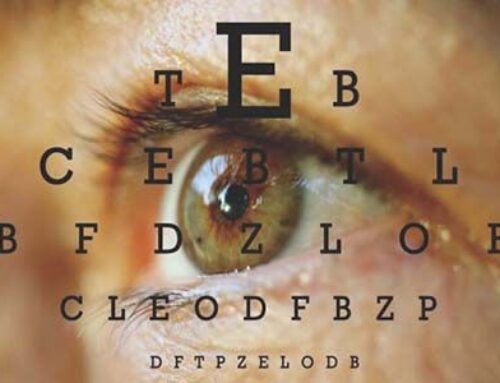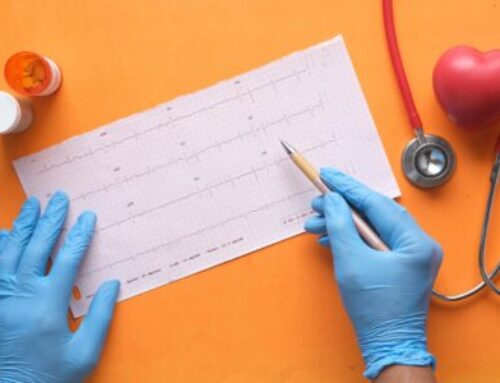SADM #70 Ene/Feb 2017
Centers for Disease Control and Prevention, CDC
No woman should die of cervical cancer. You can help prevent cervical cancer by getting screened regularly, starting at age 21.
Cervical cancer is highly preventable with regular screening tests and appropriate follow-up care. It also can be cured when found early and treated.
Cervical cancer is almost always caused by the human papillomavirus (HPV). Vaccines are available to protect against the types of HPV that most often cause cervical cancer.
HPV is very common in the United States and is passed from one person to another during sex. It is so common that nearly all sexually active men and women get it at some point in their lives, but few women will get cervical cancer. Talk to your health care provider about whether the HPV test is right for you.
Screening Tests
Two tests can help prevent cervical cancer or find it early—
- The Pap test (or Pap smear) looks for precancers, which are cell changes on the cervix that might become cervical cancer if they are not treated appropriately.
- The HPV test looks for the virus that can cause these cell changes.
The Pap test is recommended for women between ages 21 and 65, and can be done in a doctor’s office or clinic. Women should start getting Pap tests regularly at age 21. If your Pap test results are normal, your doctor may say you can wait three years until your next Pap test. If you are 30 years old or older, you may choose to have an HPV test along with the Pap test. Both tests can be performed by your doctor at the same time. If your test results are normal, your chance of getting cervical cancer in the next few years is very low. Your doctor may then say you can wait as long as five years for your next screening.
If you have a low income or do not have health insurance, you may be able to get a free or low-cost Pap test through CDC’s National Breast and Cervical Cancer Early Detection Program. Find out if you qualify.
HPV Vaccine
Get the HPV vaccine if you are in the age group for which it’s recommended. The HPV vaccine protects against the types of HPV that most often cause cervical, vaginal, and vulvar cancers. It is recommended for preteens (both boys and girls) aged 11 to 12 years, but can be given as early as age 9 and until age 26.
Make an appointment today for your or your child’s vaccination. If you don’t have insurance, or your insurance does not cover vaccines, CDC’s Vaccines for Children program may be able to help.
Enfoque, Prevenga el cáncer de cuello uterino con la prueba adecuada en el momento oportuno
SADM #70 Ene/Feb 2017
Centros para el Control y Prevención de Enfermedades , CDC
Ninguna mujer debería morir a causa de cáncer de cuello uterino.
Lo más importante que usted puede hacer para ayudar a prevenir el cáncer de cuello uterino es hacerse pruebas de detección en forma periódica a partir de 21 años de edad.
El cáncer de cuello uterino es altamente prevenible con la realización de pruebas de detección habituales y atención de seguimiento adecuada. También se puede curar cuando se detecta en sus etapas iniciales y se trata. El cáncer de cuello uterino casi siempre por el virus de papiloma humano (VPH). Existen vacunas que protegen contra los tipos de VPH que causan cáncer de cuello uterino con mayor frecuencia.
Pruebas de detección
Existen dos pruebas que pueden ayudar a prevenir o detectar el cáncer de cuello uterino en sus etapas iniciales:
- La prueba de Papanicolaou (o citología vaginal) identifica los precánceres, cambios en las células del cuello uterino que pueden convertirse en cáncer si no se tratan en forma adecuada.
- La prueba del VPH identifica el virus que puede causar este tipo de cambios celulares.
La prueba de Papanicolaou se recomienda para todas las mujeres entre los 21 y los 65 años de edad, y se puede realizar en el consultorio del médico o en una clínica. Las mujeres deben comenzar a hacerse la prueba de Papanicolaou habitualmente a los 21 años. Si los resultados de su prueba de Papanicolaou son normales, es posible que su médico le diga que puede esperar tres años para hacerse la siguiente.
Si tiene 30 años o más, usted puede escoger hacerse la prueba del VPH junto con la de Papanicolaou. Su médico puede hacerle ambas pruebas al mismo tiempo.
Si sus resultados son normales, tiene muy poca probabilidad de contraer cáncer de cuello uterino en los próximos años. Es posible que en ese caso su médico le diga que puede esperar hasta cinco años para hacerse su próxima prueba de detección.
Si usted tiene bajos ingresos o no tiene seguro médico, podría realizarse la prueba de Papanicolaou gratis o a un costo menor a través del Programa Nacional de Detección Temprana del Cáncer de Mama y de Cuello Uterino. Averigüe si reúne los requisitos.
Vacuna contra el VPH
Los niños y las niñas deberían recibir las tres dosis de la vacuna contra el VPH a los 11 o 12 años. Si un adolescente o adulto joven (hasta los 26 años) no ha comenzado o terminado la serie de las tres dosis de la vacuna, ¡todavía está a tiempo!
Haga hoy mismo una cita para vacunar a su hijo. Si no tiene seguro, o si su seguro no cubre el costo de las vacunas, el Programa Vacunas para Niños puede ayudarle.





